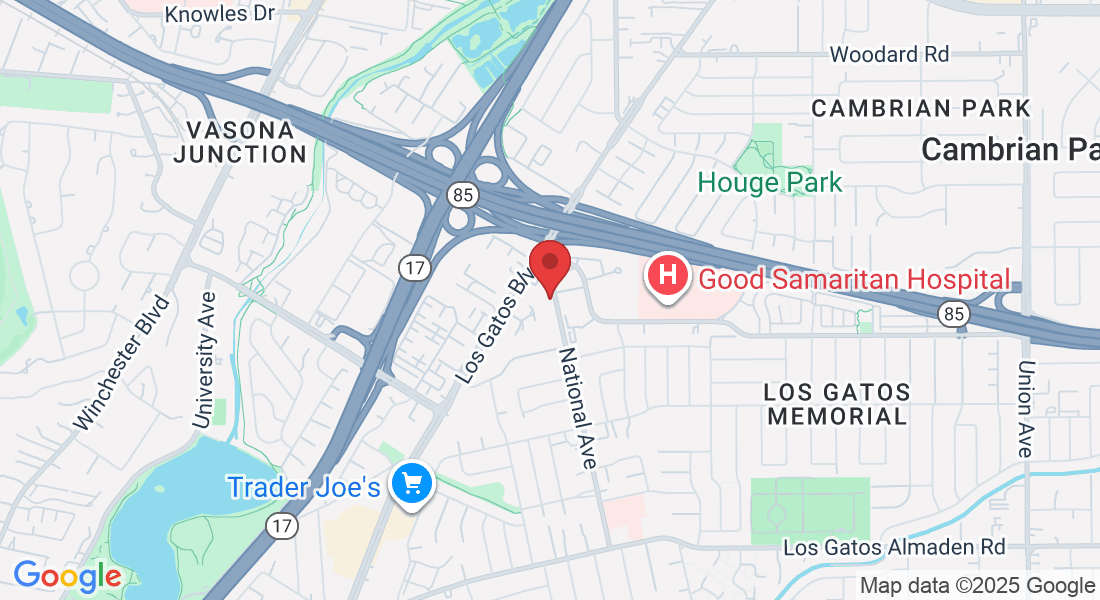Frequently Asked Questions
What is Zenker's diverticulum?
Zenker's diverticulum, also known as pharyngeal pouch, is a pouch or sac that forms in the lining of the esophagus, just above the upper esophageal sphincter. It occurs due to weakness in the muscle wall, allowing the inner layer of the esophagus to herniate (push) through and form a pouch. Food can then accumulate in the pouch when the patient tries to eat.
What are the symptoms of Zenker's diverticulum?
Symptoms of Zenker's diverticulum may include difficulty swallowing (dysphagia), regurgitation of undigested food, coughing, choking, bad breath (halitosis), and recurrent respiratory infections. Some patients may also experience a sensation of a lump in the throat (globus sensation) or neck pain.
How is Zenker's diverticulum diagnosed?
Diagnosis of Zenker's diverticulum typically involves a combination of medical history, physical examination, and diagnostic tests. These tests may include barium swallow studies, endoscopy, and imaging studies such as CT scans or MRI to visualize the diverticulum and assess its size and location.
What is the surgical management of Zenker's diverticulum?
Surgical management of Zenker's diverticulum is often recommended to alleviate symptoms and prevent complications. Traditionally, the surgery was done with the neck incision and stapling off the diverticulum. Other stapling procedures done through the mouth required severe extension of the neck which was painful and sometimes impossible in elderly patients. A newer version called the Z-POEM procedure involves dividing some of the muscle using a flexible endoscope to create one large pouch between the diverticulum and esophagus, which leads to similar lasting symptom relief without the need for severe extension of the neck or a neck incision.
What are the benefits of surgical treatment for Zenker's diverticulum?
Surgical treatment of Zenker's diverticulum can effectively relieve symptoms such as difficulty swallowing and regurgitation, improving the patient's quality of life. It also reduces the risk of complications such as aspiration pneumonia and recurrent respiratory infections associated with food or fluid getting stuck in the diverticulum.
What can I expect during the recovery period after surgical treatment for Zenker's diverticulum?
Patients stay in the hospital overnight and leave the next morning. Most patients do not need to take narcotics for pain relief after the procedure.

